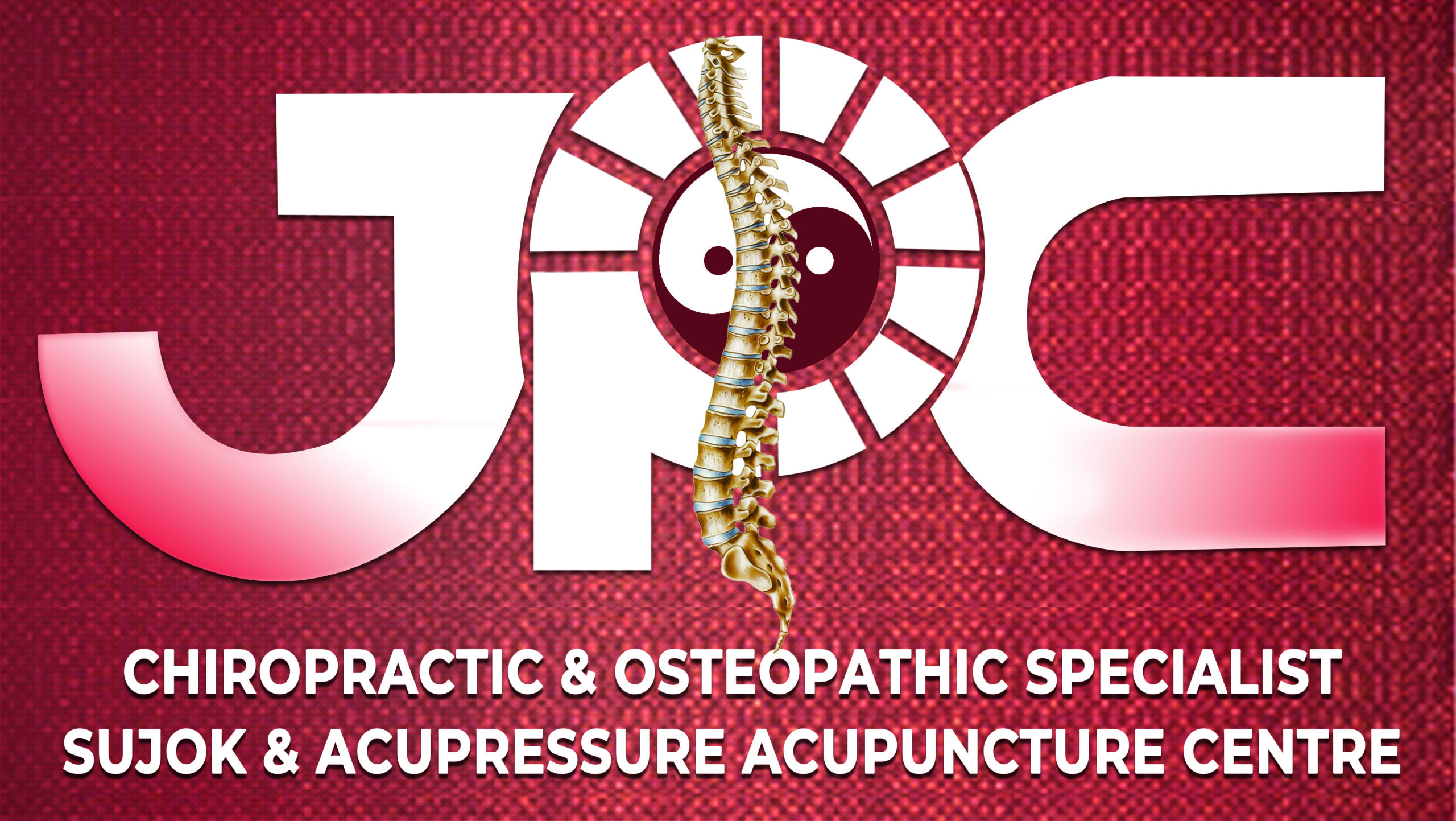**Accident Injuries:**
1. Introduction to Accident Injuries:
– Overview of the types and causes of accident injuries.
– Impact of accidents on physical health and well-being.
– Common accidents that lead to injuries (car accidents, falls, sports injuries, etc.).
2. Types of Accident Injuries:
– Soft Tissue Injuries: Sprains, strains, bruises, and contusions.
– Fractures and Dislocations: Broken bones and joint injuries.
– Head and Brain Injuries: Concussions, traumatic brain injuries (TBIs).
– Spinal Cord Injuries: Damage to the spinal cord, resulting in paralysis or loss of sensation.
– Cuts, Lacerations, and Abrasions: Wounds and skin injuries.
– Burns: Thermal burns, chemical burns, electrical burns.
– Internal Injuries: Damage to internal organs and blood vessels.
3. Immediate Response and First Aid:
– Ensuring safety and removing the injured person from further danger.
– Assessing the severity of the injury and calling for emergency medical assistance if needed.
– Controlling bleeding, stabilizing fractures, and providing initial wound care.
– Performing cardiopulmonary resuscitation (CPR) if necessary.
4. Diagnosis and Medical Evaluation:
– Medical history assessment and physical examination.
– Diagnostic tests and imaging studies (X-rays, CT scans, MRI) to assess the extent of the injury.
– Specialized evaluations for head and brain injuries (neurological assessments).
– Evaluation of vital signs and overall health status.
5. Treatment and Rehabilitation:
– Acute Injury Management: Immobilization, splinting, or casting for fractures and dislocations.
– Surgical Intervention: Repair of fractures, internal injuries, or damage to organs.
– Medications for pain management, infection prevention, and inflammation reduction.
– Physical Therapy: Exercises and rehabilitation programs to regain strength, mobility, and function.
– Occupational Therapy: Assisting with activities of daily living and restoring functional abilities.
– Psychological and Emotional Support: Counseling and therapy to address trauma and emotional distress.
6. Long-Term Recovery and Rehabilitation:
– Follow-up appointments and ongoing medical care.
– Rehabilitation programs tailored to the specific injury and individual needs.
– Assistive devices, mobility aids, or adaptive equipment as required.
– Pain management strategies and therapies.
– Emotional and psychological support for coping with the aftermath of the accident.
7. Preventing Accident Injuries:
– Safety education and awareness programs.
– Proper use of safety equipment and protective gear.
– Following traffic rules and safe driving practices.
– Creating and maintaining safe environments at home, work, and recreational areas.
– Regular maintenance and inspection of equipment and infrastructure.
8. Seeking Legal Assistance:
– If the accident occurred due to someone else’s negligence, it may be necessary to consult with a legal professional to understand your rights and pursue compensation for medical expenses, lost wages, and other damages.This post is sponsored by our partners Wigs
It’s important to note that the information provided here is for educational purposes only and should not replace medical advice or legal advice. If you have been involved in an accident and have sustained injuries, it’s crucial to seek prompt medical attention and consult with a healthcare professional and, if necessary, a legal professional for accurate diagnosis, personalized advice, and appropriate treatment or legal recourse.




